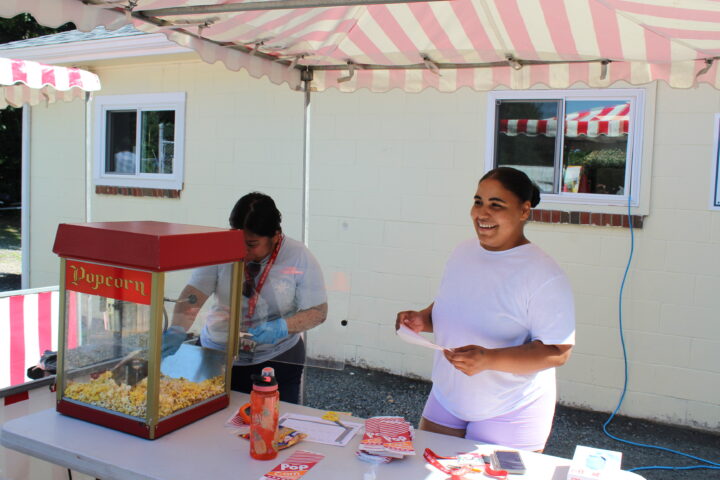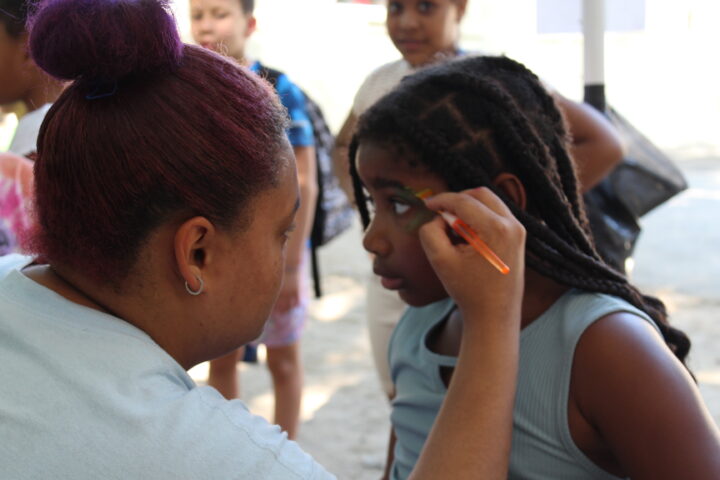
Youth in Crisis: Statistics
CAMP FIRE ADDRESSES
multi-faceted problems

GROWING UP IS HARD
Young people today are facing so many challenges; a national mental health crisis, bullying, political attacks on their identities, a global climate crisis. We could go on.
It’s never been more important to provide access to safe spaces where young people can have fun and be themselves.

Too-much screen time
Each day, young people spend

7.5 HOURS IN FRONT OF SCREENS & ONLY 4-7 MINUTES ON OUTDOOR PLAY…
Resulting in a significant rise in anxiety, self-esteem, suicidal ideation, depression, and a decrease in their ability to make friends, communicate, be curious, take risks, and find a sense of belonging.


20%
of students ages 12-18 experienced bullying nationwide
1 in 7
children have experienced child abuse and/or neglect in the past year
Barriers to access
25
MILLION FAMILIES


Youth need safe spaces
HISTORICALLY EXCLUDED GROUPS OF YOUNG PEOPLE FACE ADDITIONAL BARRIERS.
This includes youth from underserved communities, LGBTQ2S+ youth, and youth with disabilities. Affordability, access to safe outdoor spaces, and lack of culturally responsive programs significantly limit the number of youth from these communities from accessing outdoor programs.

42%
of LGBTQ2S+ respondents seriously considered attempting suicide in the past twelve months
9.7%
of youth in the U.S. have severe major depression
Systemic racism
60%
of Black and Latinx students still attend segregated schools
Structural Racism in Schools
Most of these schools are located in central cities and funded well below those in neighboring suburban districts. In these schools, youth of color are subject to biased perceptions of misbehavior by educators and stories that perpetuate a “failure narrative”, one suggesting these youth need social-emotional learning skills more than other children and that they would be better off if they would just learn to relate to people better, manage themselves more effectively, have more self-control, and be calmer.
$2,226
The average deficit amount non-white school district receives $2,226 per student
Lack of Equitable Funding
The persisting achievement gap means Black students are less likely to attend college, thus reducing their lifetime earnings by 65%.

References
- https://www.stopbullying.gov/resources/facts
- https://www.cdc.gov/violenceprevention/childabuseandneglect/fastfact.html
- https://www.thetrevorproject.org/survey-2021/?section=Introduction&_gl=1*dag9jg*_gcl_aw*R0NMLjE2MzI3Njg1NDcuQ2owS0NRancxOFdLQmhDVUFSSXNBRmlXN0p4b09rMk5QeHF5T3JMRTB2d3F2eTJtYld2VGlpYlB4T3lzLVVkN3hjRGRCRHBfQjZGQjB3UWFBcXp1RUFMd193Y0I.
- https://www.evidencebasedmentoring.org/the-state-of-mental-health-in-america/
- https://www.adolescenthealth.org/SAHM_Main/media/Anti-Racism-Toolkit/Traumatic-Impact-of-Racism-on-Young-People-(1).pdf
- https://untiljusticejustis.org/?gclid=Cj0KCQiAiJSeBhCCARIsAHnAzT925_R_Fb_ljGC_E_isfT5a6CfnucybpeNDIav_dS03ovUc2e9lXfAaArCxEALw_wcB




